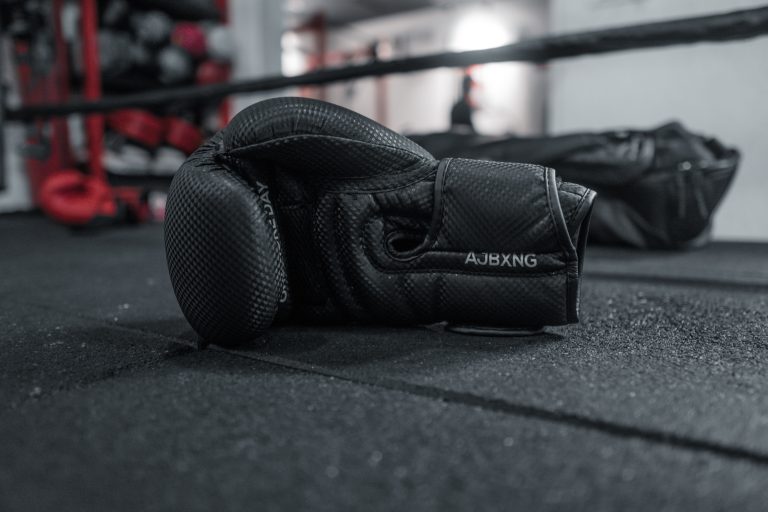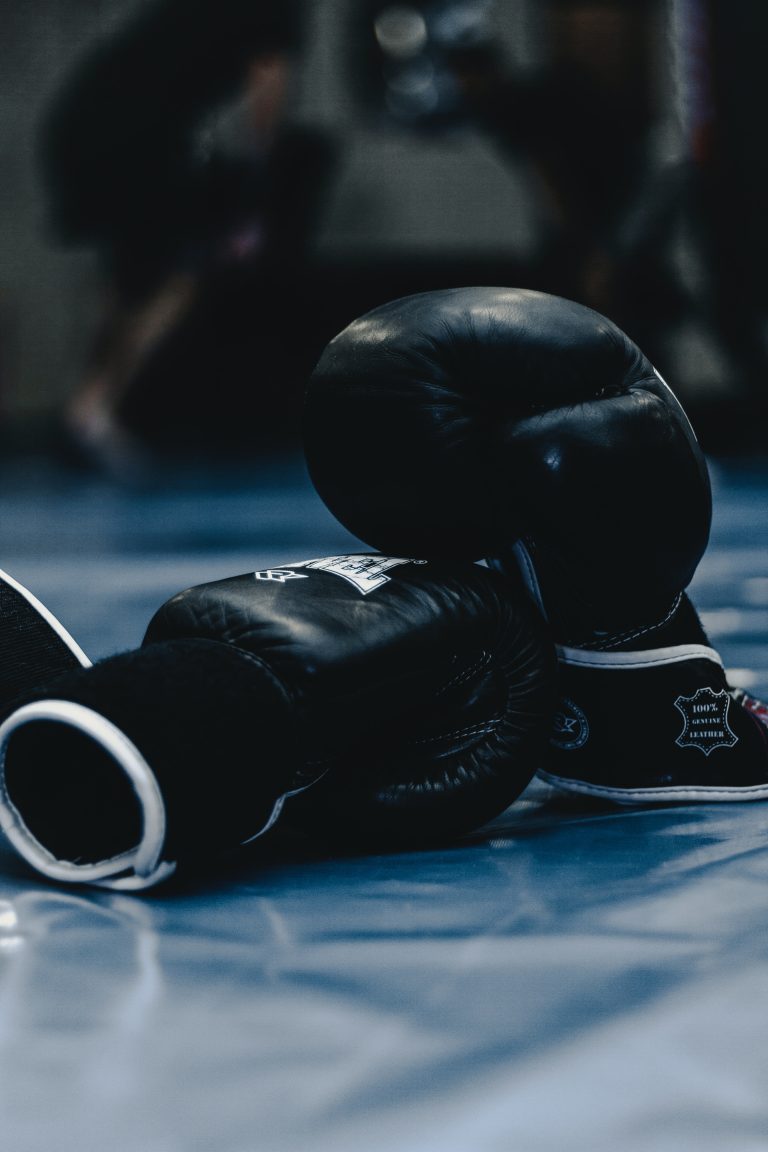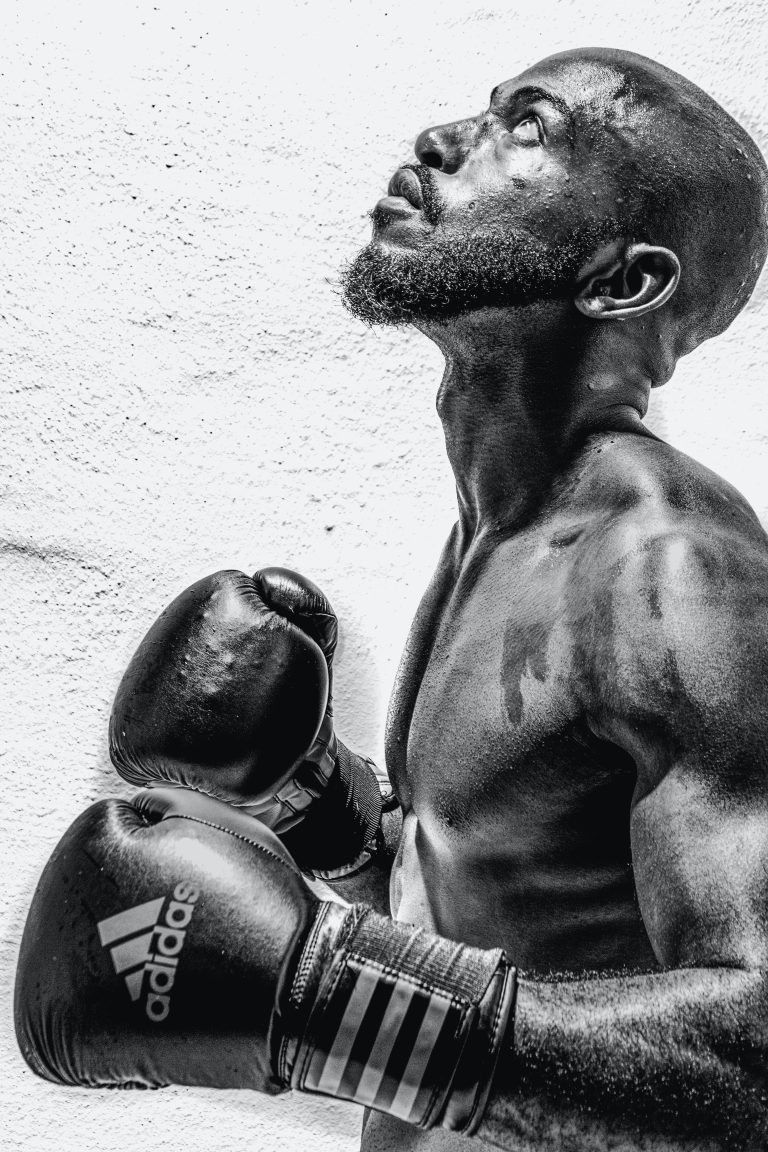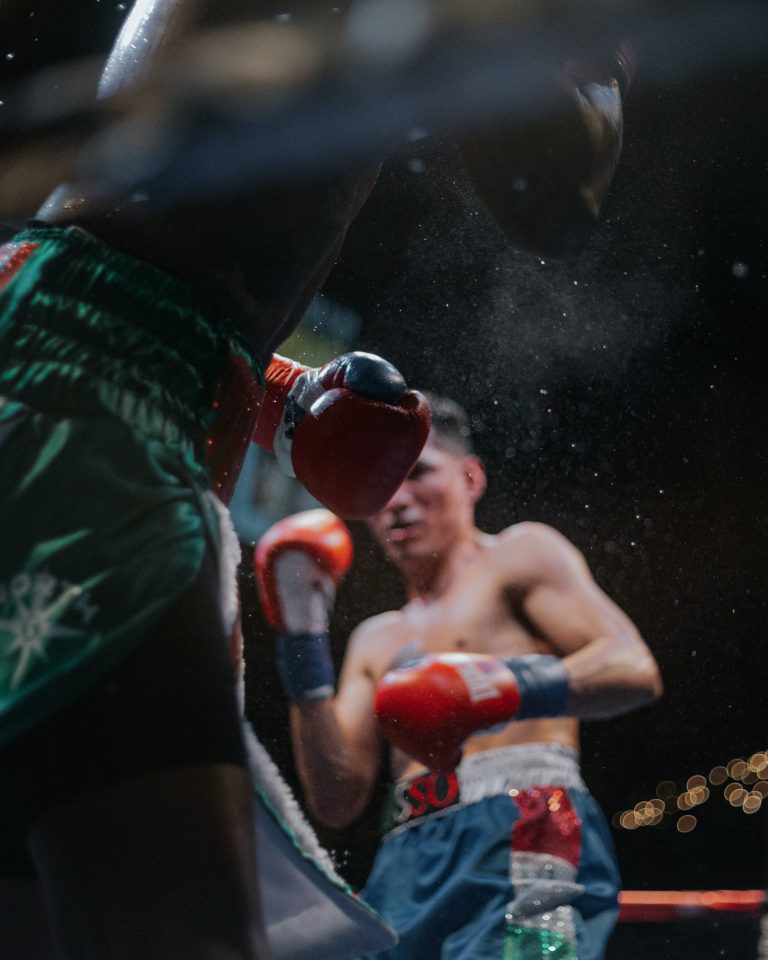Karate Techniques: Introduction and Overview
Karate is a highly-disciplined martial art that originated in Japan in the late 1800s. It is a combination of different techniques that emphasize striking, blocking, and grappling. Karate also involves different types of movements and stances that aid in its effectiveness.
In this article, we’ll take a closer look at some of the fundamental techniques used in karate.
Basic Karate Techniques
The following are the basic karate techniques that every beginner should master:
Blocks
Blocks are defensive techniques used to protect oneself from an opponent’s attack. There are different types of blocks in karate, including:
- Age-uke: upward block
- Gedan barai: downward block
- Soto-uke: outside block
- Uchi-uke: inside block
Strikes
Karate strikes are powerful blows delivered with different parts of the body, including the hands, elbows, knees, and feet. Some common strikes in karate include:
- Choku-zuki: straight punch
- Gyaku-zuki: reverse punch
- Mae-geri: front kick
- Mawashi-geri: roundhouse kick
Throws
Throws are techniques used to immobilize or take down an opponent. Karate throws include:
- Kubi nage: neck throw
- Tai otoshi: body drop
- Ude garami: arm entanglement
Joint locks
Joint locks are techniques used to immobilize or control an opponent by locking their joints. Some common joint locks in karate include:
- Ude-gatame: arm entanglement
- Kote-gaeshi: wrist return
- Ashi-garami: leg entanglement
Advanced Karate Techniques
Once the basic techniques have been mastered, a karate practitioner can move on to more advanced techniques that involve combining different moves and executing them with fluidity and speed. Some advanced karate techniques include:
Katas
Katas are prearranged sequences of moves that allow a practitioner to practice different techniques, stances, and movements. Katas usually involve both offensive and defensive moves and are a good way to improve speed, strength, and agility.
Kumite
Kumite is a sparring exercise where two practitioners engage in a simulated fight. Kumite allows a practitioner to test their techniques against a resisting opponent and work on timing, distance, and strategy.
Breaking techniques
Breaking techniques involve breaking boards, bricks, or other objects using different karate moves. These techniques help a practitioner improve their focus, concentration, and precision.
Conclusion
Karate techniques are a combination of moves and stances that help a practitioner defend themselves and defeat an opponent. While there are several karate techniques, beginners should focus on mastering the basics before moving on to the advanced techniques. By doing so, they will improve their skills and become more effective in their practice of this ancient martial art.
Karate Techniques: Introduction and Overview
Karate is a martial art that developed in Okinawa, Japan in the early part of the 20th century. It was developed by combining traditional Okinawan martial arts with Chinese martial arts. Karate incorporates various techniques such as strikes, punches, kicks, and blocks.
In this blog post, we will answer some of the most frequently asked questions about karate techniques.
What are the basic karate techniques?
The basic karate techniques include punches, kicks, and blocks. The punches include the following:
- Straight punch (Jab)
- Reverse punch (Gyaku-zuki)
- Hook punch (Kagi-zuki)
- Uppercut punch (Ura-zuki)
The kicks in karate include:
- Front kick (Mae-geri)
- Side kick (Yoko-geri)
- Roundhouse kick (Mawashi-geri)
- Back kick (Ushiro-geri)
The basic blocks in karate are:
- Low block (Gedan-barai)
- Middle block (Chudan-uke)
- High block (Jodan-uke)
What are the different types of punches in karate?
There are four basic punches in karate:
1. Straight punch (Jab) – This is a basic punch that is delivered straight from the shoulder.
2. Reverse punch (Gyaku-zuki) – This punch is also known as the cross punch. It is thrown with the non-dominant hand and follows a straight line towards the opponent’s face.
3. Hook punch (Kagi-zuki) – This is a curved punch that is thrown from the side or front of the body. The punch should be delivered with the arm and shoulder.
4. Uppercut punch (Ura-zuki) – This punch is delivered from a low position and moved in an upward motion to hit the opponent’s chin.
What are the different types of kicks in karate?
There are several types of kicks in karate. Some of the most common ones include:
1. Front kick (Mae-geri) – This is a basic kick that is executed by delivering a kick straight forward.
2. Side kick (Yoko-geri) – This kick is executed by delivering a kick to the side of an opponent’s body.
3. Roundhouse kick (Mawashi-geri) – This kick is executed by delivering a circular kick from the outside in.
4. Back kick (Ushiro-geri) – This kick is executed by delivering a kick backward.
What are the different types of blocks in karate?
There are three basic blocks in karate:
1. Low block (Gedan-barai) – This is a block that is used to defend against low attacks such as kicks or sweeps.
2. Middle block (Chudan-uke) – This is a block that is used to defend against attacks that are aimed at the midsection.
3. High block (Jodan-uke) – This is a block that is used to defend against attacks aimed at the head or upper body.
What are the benefits of practicing karate techniques?
There are several benefits of practicing karate techniques. These benefits include:
1. Improved physical fitness – Karate techniques require a lot of movement, which can help improve cardiovascular health and physical fitness.
2. Increased mental focus – Practicing karate techniques can also help increase mental focus and concentration.
3. Better self-defense skills – Karate techniques can help improve self-defense skills and provide individuals with the ability to defend themselves in dangerous situations.
4. Improved self-confidence – Practicing karate techniques can also help improve self-confidence and self-esteem.
What is the importance of proper form when practicing karate techniques?
Proper form is essential when practicing karate techniques. Proper form not only helps prevent injury but also ensures that the techniques are effective. Improper form can result in ineffective techniques, which can lead to a lack of progress and even injury.
What should I know before practicing karate techniques?
Before practicing karate techniques, it is important to have a basic understanding of the techniques and to have a qualified instructor guide you through the learning process. It is also essential to wear the appropriate protective gear, such as gloves and shin guards, to prevent injury.
Conclusion
Karate techniques incorporate various punches, kicks, and blocks. These techniques require proper form and instruction from a qualified instructor. Practicing karate techniques can provide individuals with improved physical fitness, increased mental focus, better self-defense skills, and improved self-confidence.
Inhaltsverzeichnis






